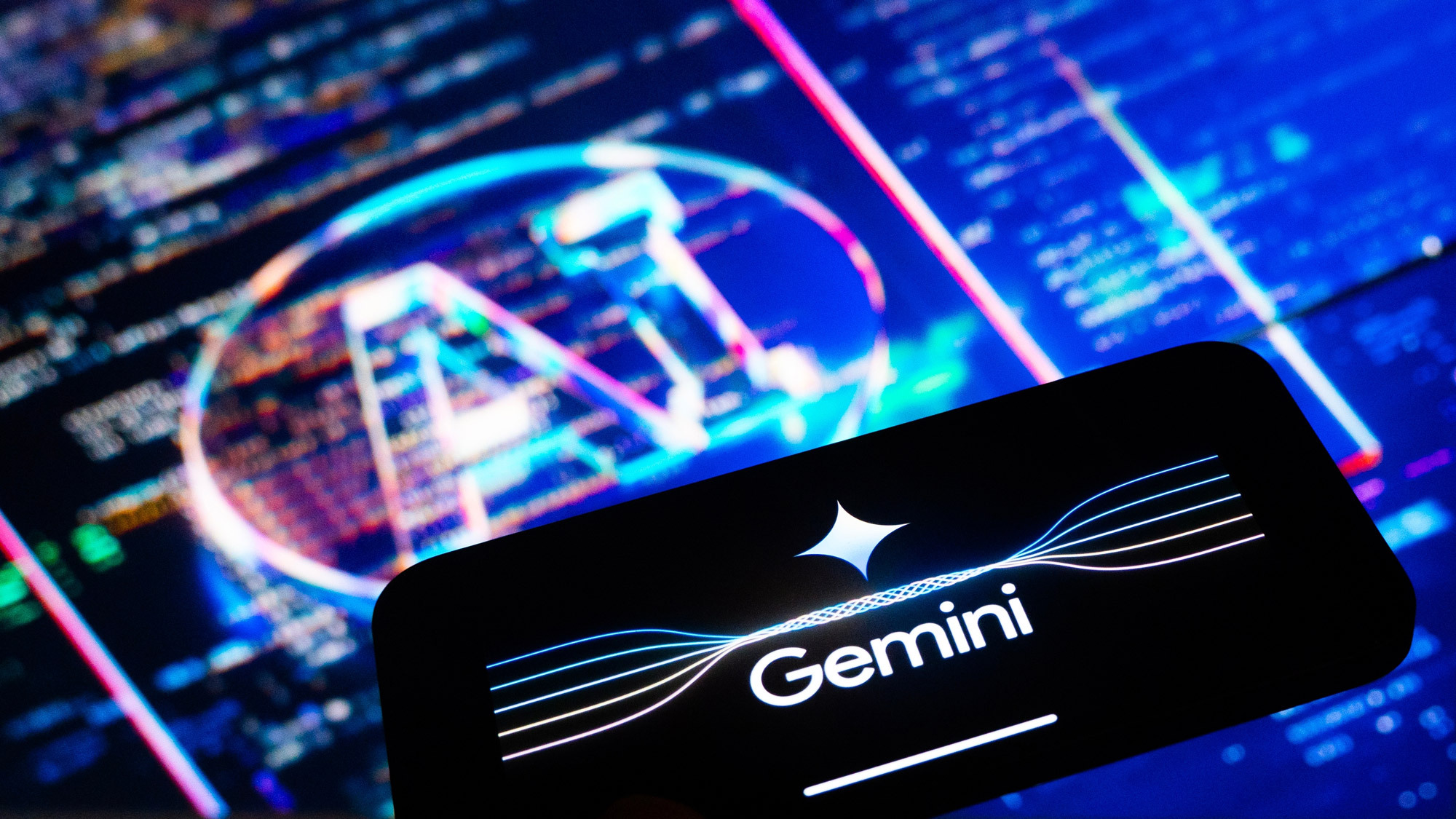Mi escritorio era un problema. Fue tan vergonzoso que me encogí ante la idea de compartir mi pantalla y exponer accidentalmente mi secreto: soy un acaparador de archivos.
Al igual que muchos que navegaban por el mundo desde detrás de una computadora portátil, mi pantalla una vez prístina se había convertido en un vertedero caótico. Guardaría archivos, pero cuando fui a buscarlos días, semanas o meses después, no pude encontrarlos. Desde documentos e imágenes hasta carpetas vacías aleatorias que ocupaban espacio, ya era suficiente. Necesitaba organizarme.
Decidido a luchar contra el control de mi espacio de trabajo, decidí alistar un aliado poco probable: la IA Géminis de Google. Si bien no estaba diseñado como un sistema de gestión de archivos dedicado, descubrí que la guía perspicaz de Gemini era exactamente lo que necesitaba para ver el nirvana de escritorio.
Si esto suena familiar y estás luchando por cavar digitalmente de un escritorio desordenado, así es como lo hice. Es tan fácil, desearía haberlo hecho antes.
Comience con Google AI Studio
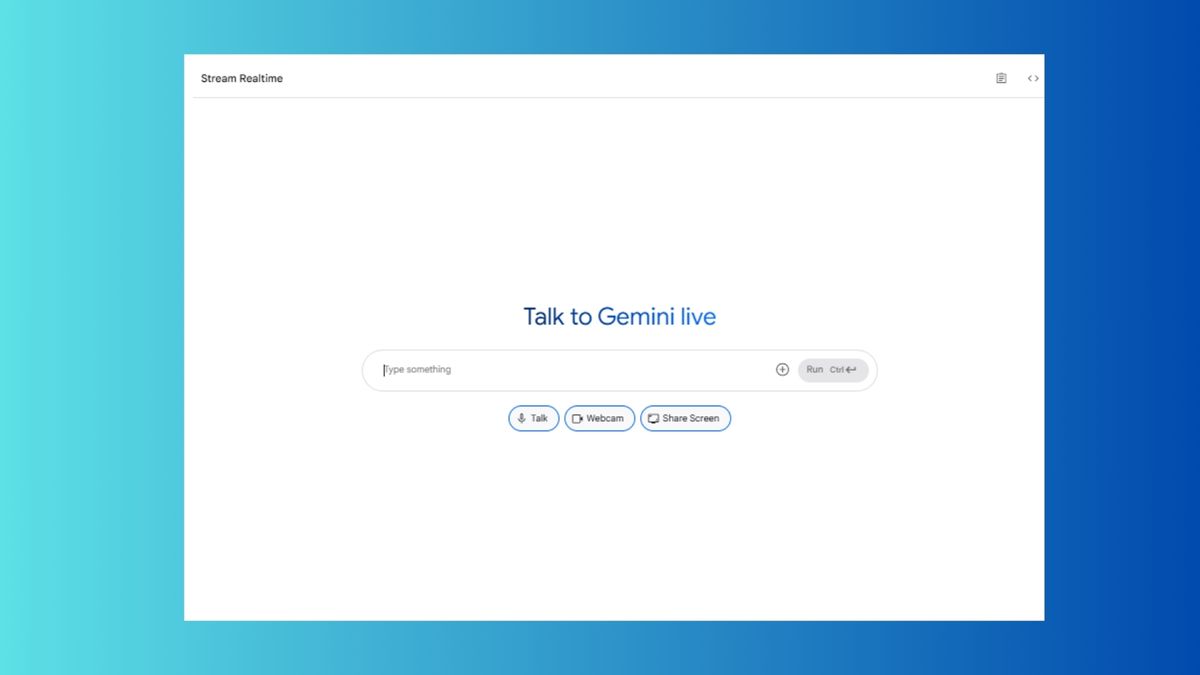
Ir a chat | Google AI Studio, que abrirá Gemini en vivo en su escritorio. Desde allí, vaya a la transmisión y comience a compartir su pantalla. Debido a que estaba muy frustrado por mi escritorio, golpeé el micrófono y comencé a hablar con Gemini. Le dejé saber los problemas que estaba teniendo (“¡Ayuda! ¡Está demasiado desordenado!”) Y lo que quería: un escritorio más limpio.
A partir de ahí, Géminis comenzó a hacerme preguntas sobre cómo quería organizar mi escritorio. Si supiera la respuesta a eso, no estaría en la situación para empezar, ¿verdad?
Así que le hice saber a la IA que en realidad también necesitaba ayuda con las ideas para la organización. Afortunadamente, Géminis no juzga y comenzó a trabajar.
Sigue las recomendaciones
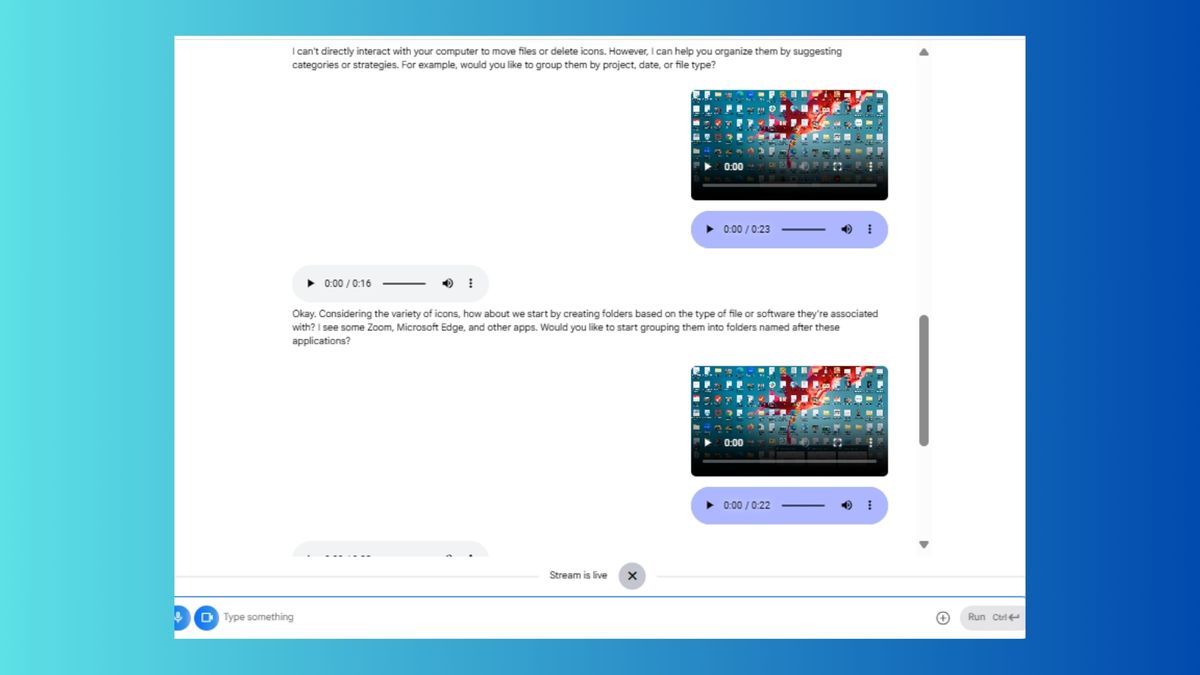
Usando las sugerencias de Gemini, creé carpetas principales como trabajo, personal, capturas de pantalla y temporales. Dentro del trabajo, Gemini sugirió agregar subcarpetas como informes, presentaciones y notas de reunión.
Esos nombres realmente no me pertenecían exactamente a mí, así que terminé con informes, tendencias, notas de reuniones y varios. Me animó a usar convenciones de nomenclatura consistentes para una fácil recuperación.
Implementación

El consejo directo de Géminis sobre el desaprobado de escritorio se sintió como un soplo de aire fresco. Creé diligentemente las carpetas principales, una sensación de calma inmediata sobre mí como lo hice yo. Luego, establecí las subcarpetas dentro de la carpeta de trabajo principal, imaginando un futuro en el que encontrar que la presentación crucial no implicaría un pergamino frenético a través de un mar de íconos.
Con un nuevo propósito, comencé la tarea de clasificar. Arrastando y dejando caer archivos a sus casas designadas, el desorden visual comenzó a retroceder, reemplazado por una sensación de orden que no había sentido en meses.
La ubicación de los documentos se volvió instantáneamente más fácil: una pequeña victoria que alimentó mi motivación.
Aprovechar Google Drive
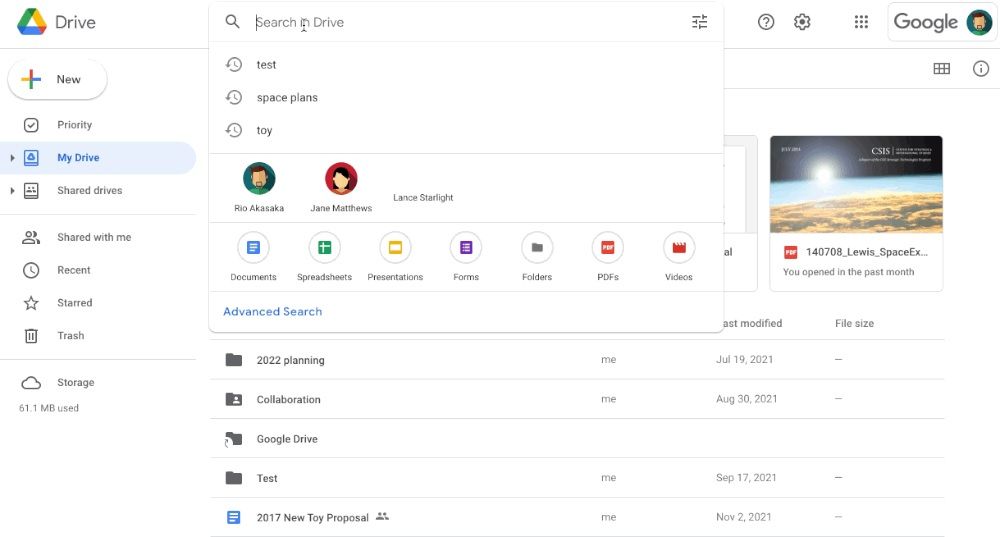
Con la clasificación inicial completa, quería un sistema que ofreciera tanto la organización como la accesibilidad en mis dispositivos. Google Drive parecía el siguiente paso lógico, así que le pregunté a Gemini usando el aviso: “¿Cómo puedo organizar automáticamente mis archivos de escritorio usando Google Drive?”
Google sugirió que utilice las funciones de prioridad y espacios de trabajo de Google Drive para agrupar archivos relacionados. A partir de ahí, configuré la sección sugerida de Google Drive para acceder rápidamente a los archivos de uso frecuente. Pude usar la función de búsqueda con filtros para localizar y organizar archivos de manera eficiente.
Siguiendo el liderazgo de Gemini, subí mis carpetas de escritorio recién organizadas a Google Drive. Las características de prioridad y espacios de trabajo me permitieron agrupar archivos de proyectos relacionados, proporcionando un acceso rápido a lo que más necesitaba.
La sección sugerida demostró ser sorprendentemente intuitiva y los archivos de superficie que probablemente necesitaría según la actividad reciente.
Incluso el simple acto de usar la búsqueda de Drive con sus diversos filtros se sintió como una actualización, lo que me permite identificar archivos con facilidad.
Mis archivos finalmente se organizaron localmente mientras también se respaldaban de forma segura y accesible desde cualquier lugar.
Renaming de lotes por claridad

El siguiente obstáculo fue el nombre inconsistente de mis archivos. Un revoltijo de fechas, descripciones vagas y abreviaturas crípticas hicieron de buscar un juego de adivinanzas.
Sabía que una convención de nombres consistente sería muy útil, así que consulté a Gemini con el siguiente mensaje: “Enséñame a cambiar el nombre de múltiples archivos en Windows con el patrón: aaa yyy-mm-dd_projectName”.
Géminis me sugirió que usara una herramienta de terceros, que era tentador, pero decidí adoptar el poder de la línea de comando y opté por el método PowerShell.
Géminis proporcionó un resumen claro de los pasos involucrados. Después de una escritura un poco cuidadosa (¡y una oración rápida, no cambiaría el nombre de todo incorrectamente!), El guión funcionó sin problemas.
De repente, una colección de archivos con nombre al azar se transformó en una lista ordenada, cada nombre de archivo que indica claramente su fecha y proyecto de creación.
La organización mejorada y la capacidad de búsqueda se notaron de inmediato.
Configurar un conserje automatizado para mi escritorio
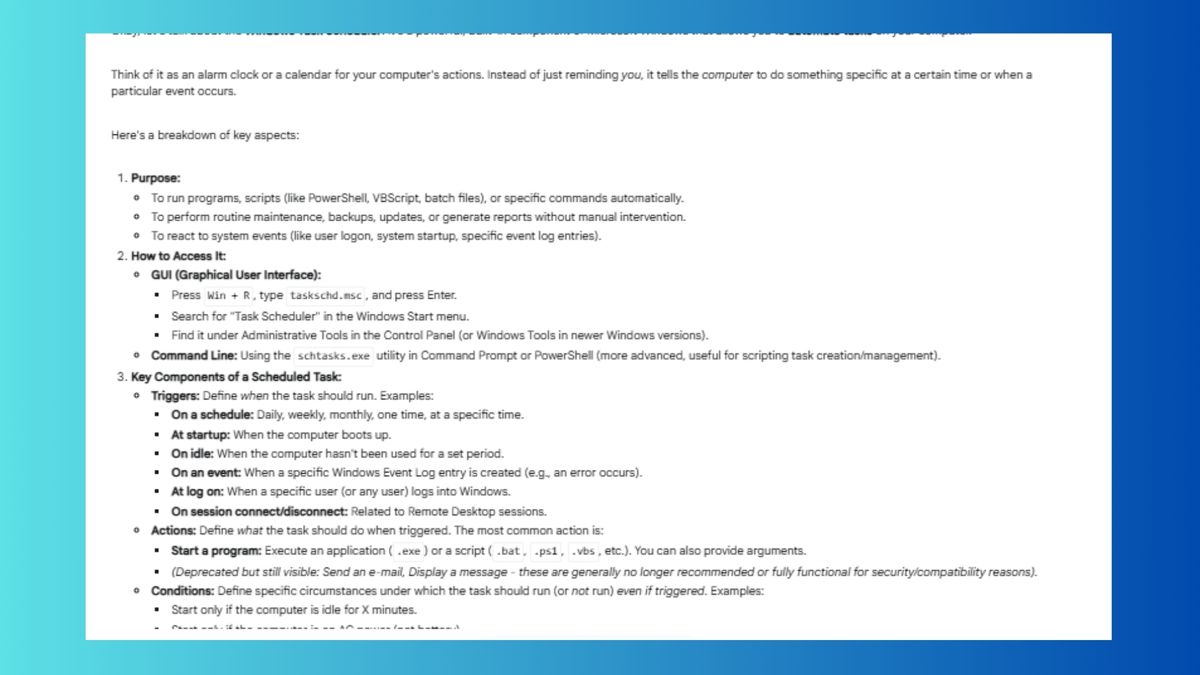
Sabía que mantener un escritorio limpio requería más que un esfuerzo único. Necesitaba un sistema para evitar que el desorden volviera a entrar. Fue entonces cuando le pregunté a Gemini sobre la automatización.
Usé el aviso: “¿Cómo puedo mover automáticamente archivos antiguos de mi escritorio a una carpeta de ‘revisión’ cada mes?”
La estrategia de Gemini incluía la creación de una tarea programada utilizando el programador de tareas de Windows para ejecutar un script mensualmente. Suena complicado, pero es mucho más fácil de usar de lo que piensas.
El script mueve archivos mayores de 30 días desde el escritorio hasta una carpeta de revisión designada.
El programador de tareas de Windows siempre había parecido un poco intimidante, pero la clara explicación de Gemini hizo que el proceso fuera sorprendentemente directo.
Seguí los pasos para crear una tarea programada mensual que ejecutaría automáticamente un script simple (que Gemini también me ayudó a comprender la lógica).
Ahora, una vez al mes, cualquier archivo que persiga en mi escritorio durante más de 30 días se lleva automáticamente a una carpeta de revisión. Este ingenioso sistema mantiene limpio mi espacio de trabajo activo y asegurando que no pierda el seguimiento de los archivos más antiguos que aún podrían ser necesarios.
Pensamientos finales
Con numerosas sugerencias, consejos de automatización y estrategias de productividad, Gemini actuó como el consultor de la organización que necesitaba desesperadamente.
Si su escritorio se siente como un cajón de basura digital, no puedo recomendar este tipo de soporte de IA lo suficiente. No hará todo el trabajo, pero hará que el trabajo sea más inteligente.
Solo asegúrese de examinar cualquier herramienta o script que recomiende antes de sumergirse. Si eres como yo e incierto, solo pídale ayuda a Gemini cómo usar las herramientas.
Ahora, en lugar de sentirme abrumado cada vez que estoy iniciado, me encuentro con una pantalla tranquila y sin desorden que establece el tono para un día enfocado. Es una prueba de que cuando combina la determinación humana con asistencia inteligente, pueden suceder grandes cosas.
